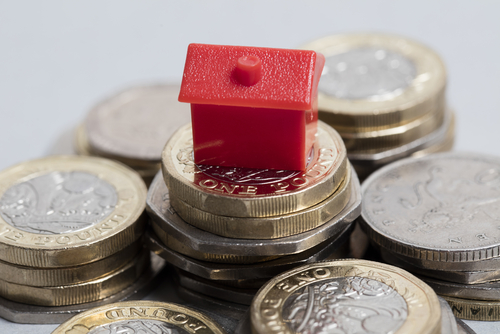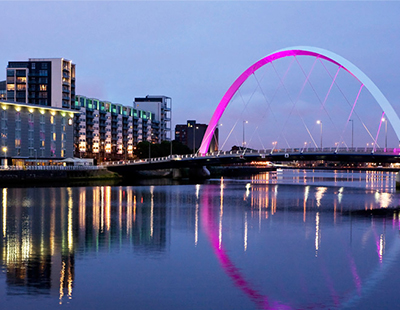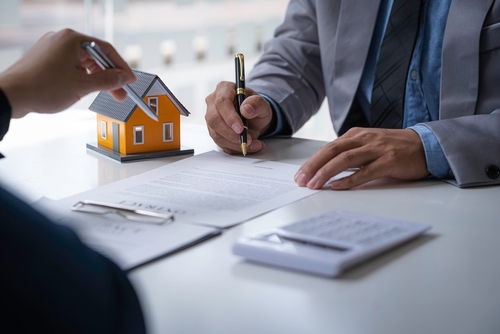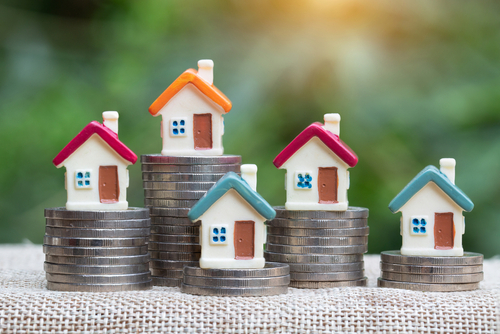
Property taxes in Scotland exceeded £628m over the last 12 months according to analysis of the latest statistics by a high profile property firm.
DJ Alexander Ltd, which is the largest lettings and estate agency in Scotland, says the Scottish Government revenues from Land and Buildings Transaction Tax (LBTT - Scotland’s equivalent to stamp duty) totalled £628.1m in the 12 months to May 2024.
This is £8.5m higher than the previous 12 months in 2022/23 when £619.6m was raised.
Of the £628.1m taxes raised £195.4m is from the additional dwelling supplement (ADS) which is charged on second homes and properties purchased by landlords and property investors to rent. This is 31.1% of the total raised and is £36.9m higher than the same period in 2022/23.
The ADS figure for May was £21.2m which is the highest ever monthly figure and is £3.3m up on the previous month’s total of £17.9m which was itself the previous highest ever figure.
Almost all the residential taxes raised arose from properties sold for more than £325,001. The 16,710 transactions above this threshold raised £358.4m which is 82.8% of the total £432.7m raised in LBTT (this is the figure for residential sales with the ADS figures removed). This means that the average tax levied per transaction was £21,448.
David Alexander, the chief executive officer of DJ Alexander Scotland, says: “With the Scottish homebuyer now contributing almost one third of a billion pounds in property taxes annually it remains questionable how much further this situation can go on. With a 10% property tax beginning at £325,001 in Scotland compared to £925,001 in England we are charged substantially more than our English counterparts.
“Couple this with higher personal taxes beginning at annual earnings of £28,000 and you see a picture of a population being squeezed for taxes at a much lower threshold than the rest of the UK. The explanation is always that those with the broadest shoulders should pay the greatest amount.”
He continues: “A property valued at £325,000 is not even the average price of a home in some parts of Scotland. For new builds there are many areas of Scotland where prices are considerably higher than this level with East Lothian the greatest at £404,478.
“Those on £28,000 annual income are unlikely to believe that they are amongst the better off in Scotland. This is the income of plumbers, chefs, sales managers, senior drivers, and administrators. An even higher tax band impacts upon nurses, teachers, and police officers.”
And Alexander concludes: “LBTT, like Stamp Duty Land Tax (SDLT) in England, is a big earner for governments. Buying a house can’t be hidden so you have to pay up or move to somewhere the purchase costs are not quite as punitive. The long-term impact on the Scottish economy will only be known in the country if higher taxes contribute to the idea that Scotland is an expensive to live and work. If it starts to deter individuals and companies from future investments in Scotland, then far from being progressive taxation it will be regressive. However, until that point though this remains a substantial revenue earner for the Scottish Government.”









.png)


.jpg)








Join the conversation
Be the first to comment (please use the comment box below)
Please login to comment